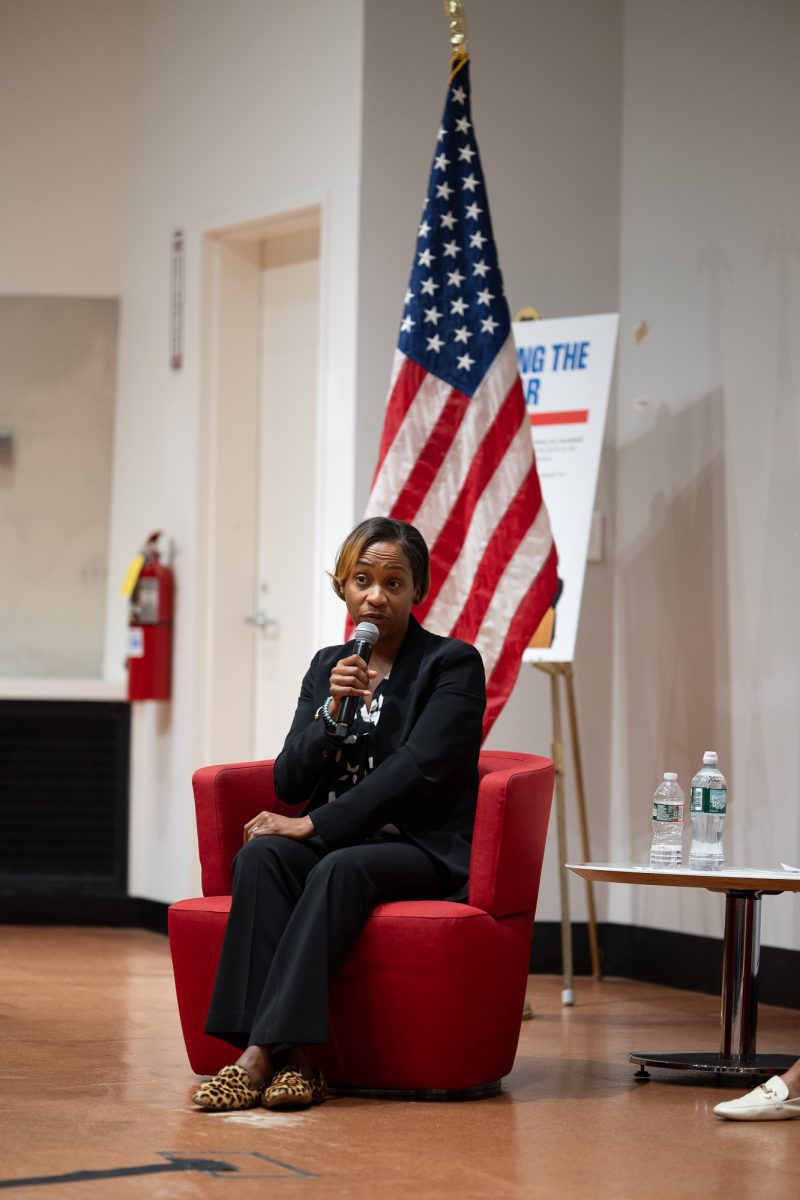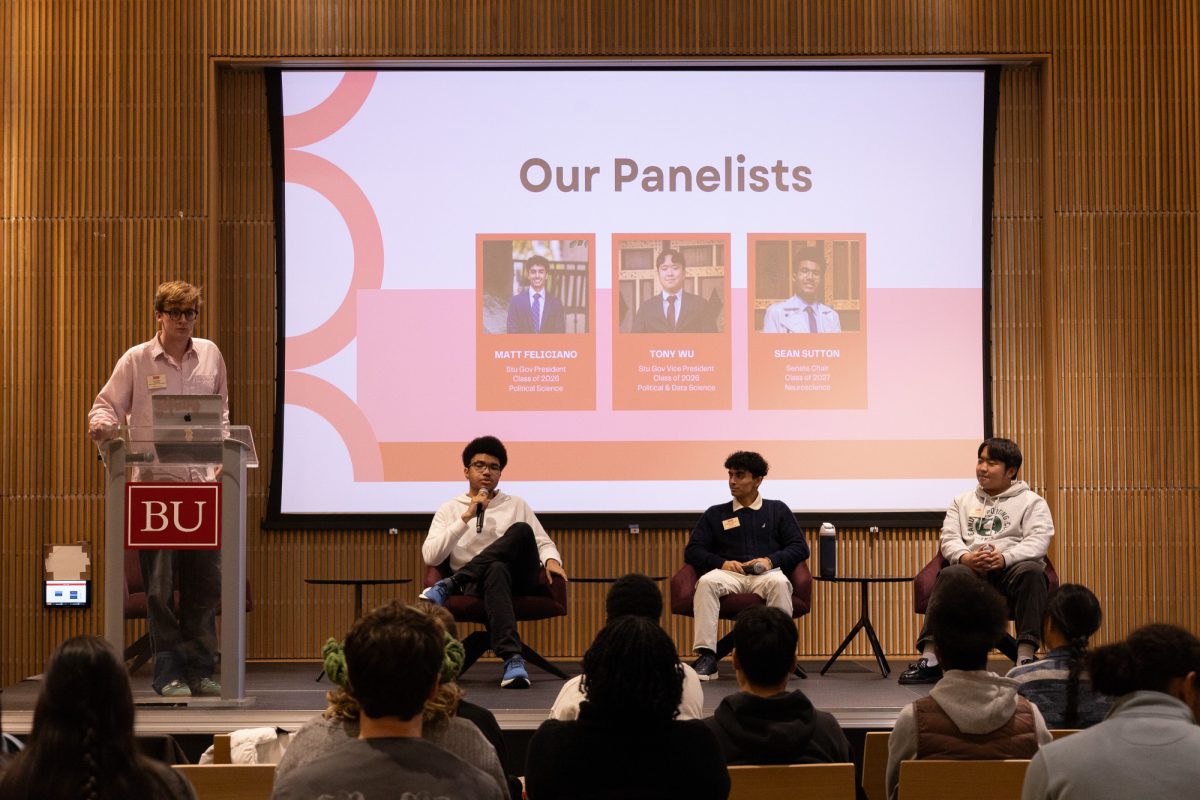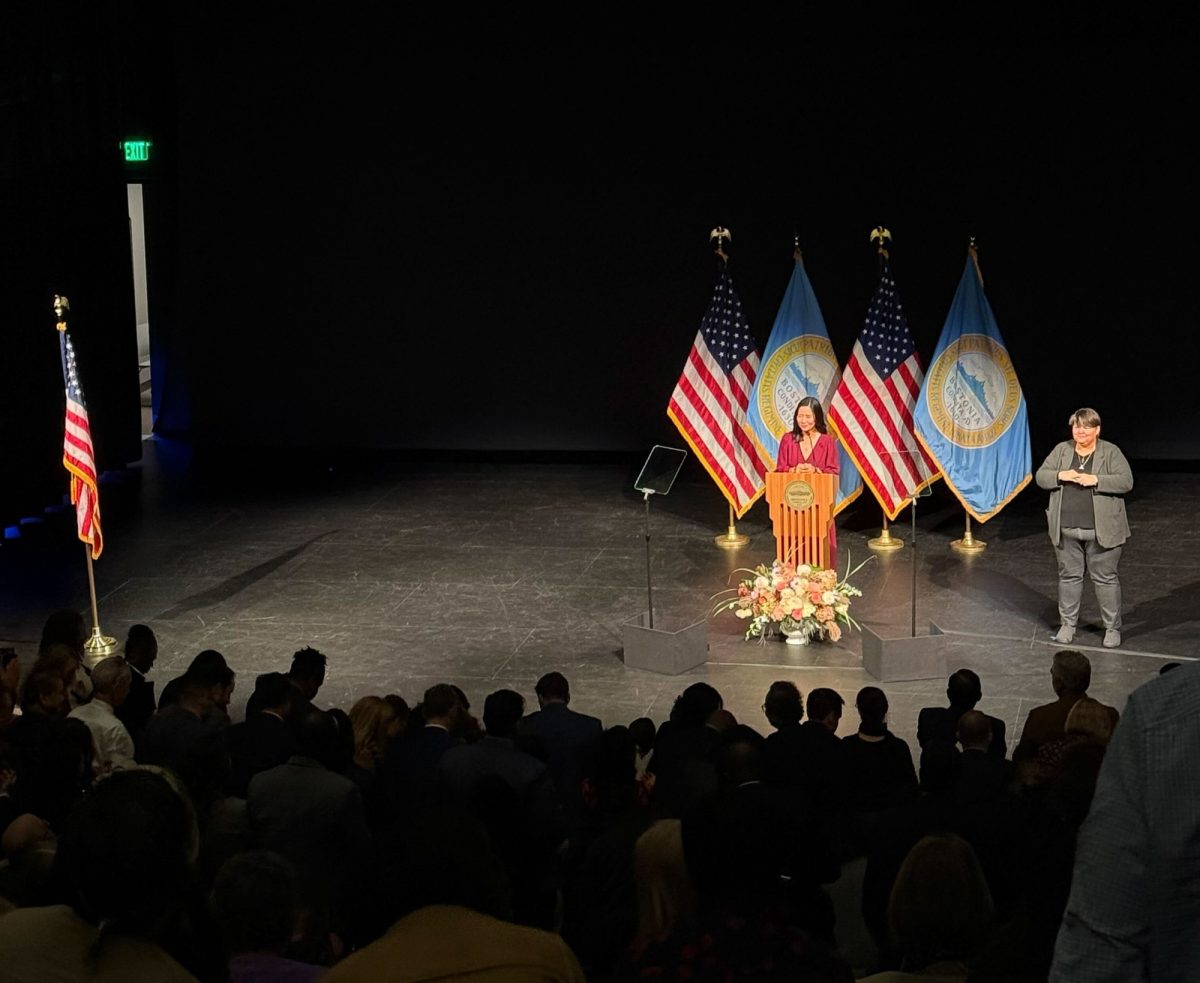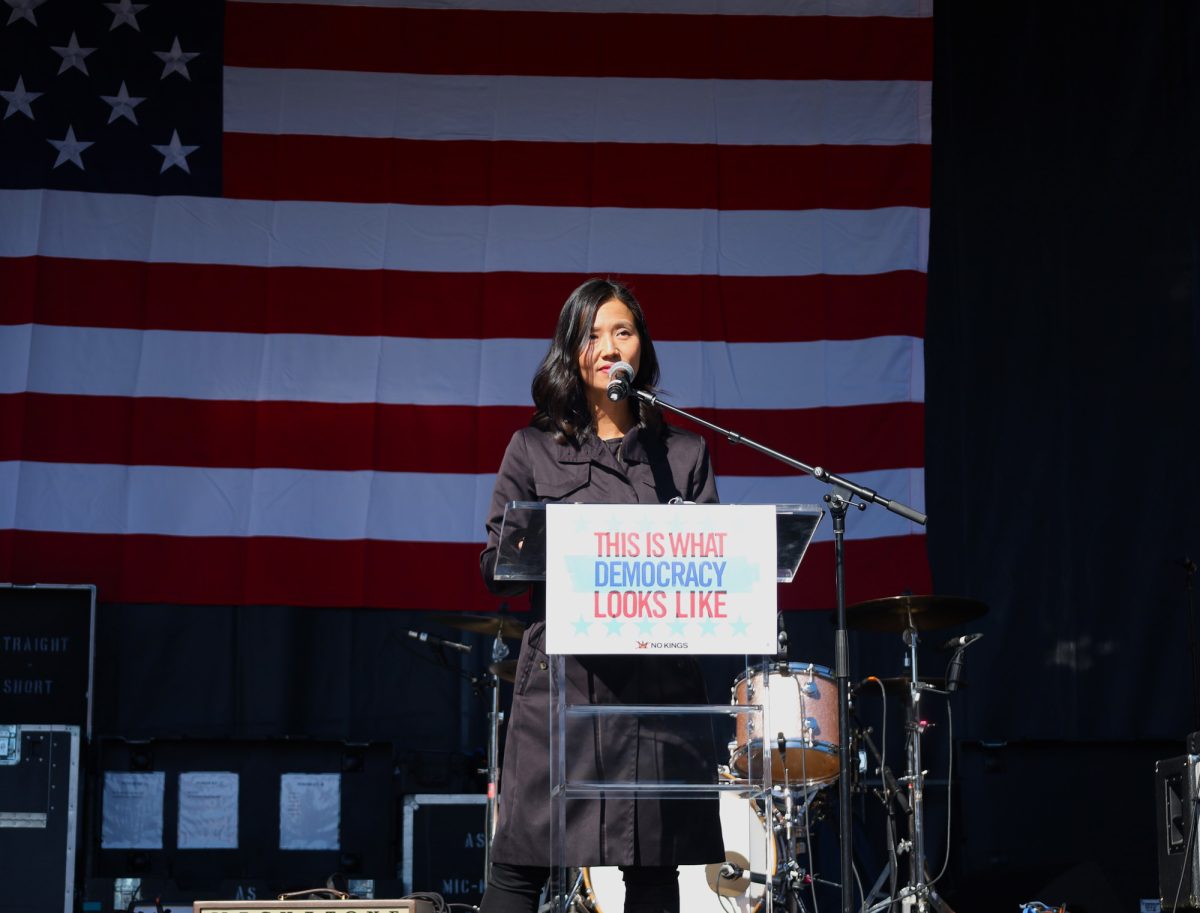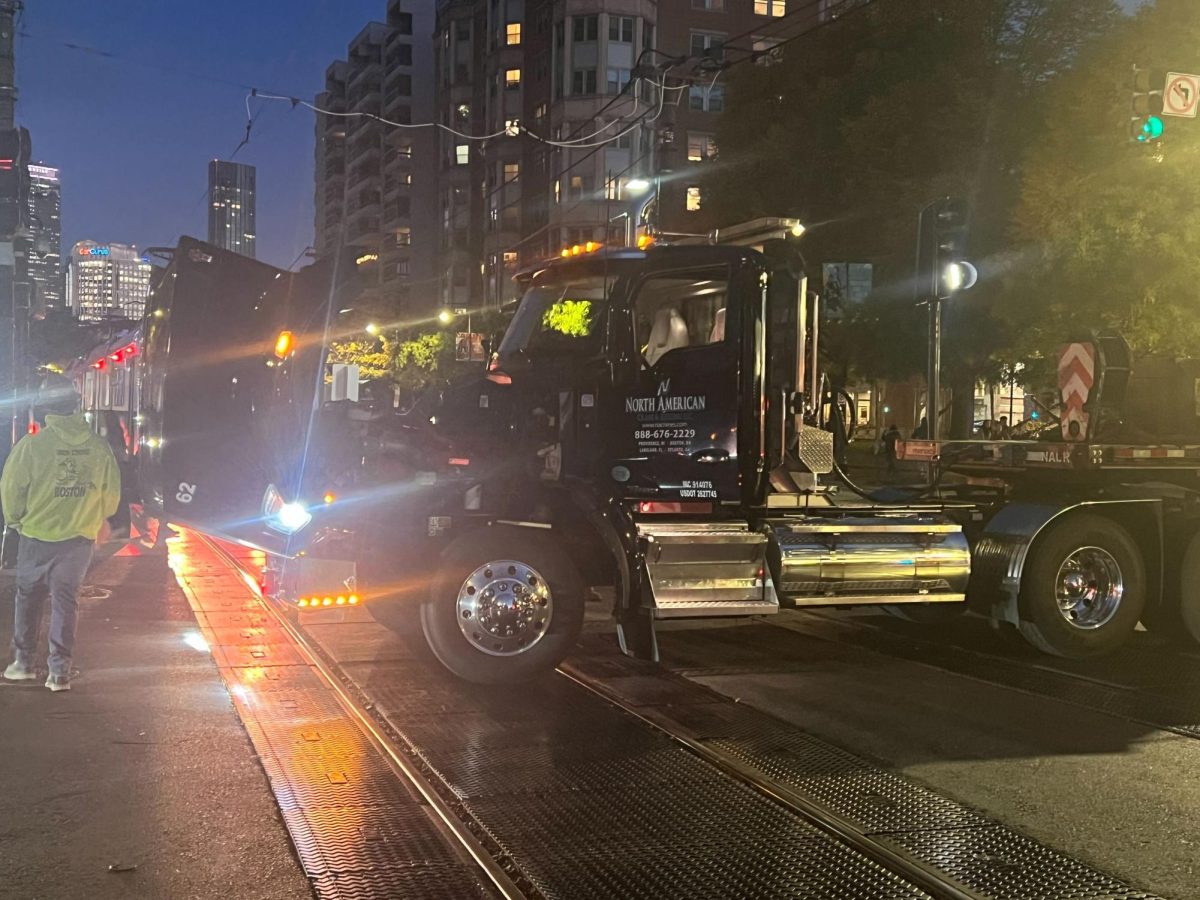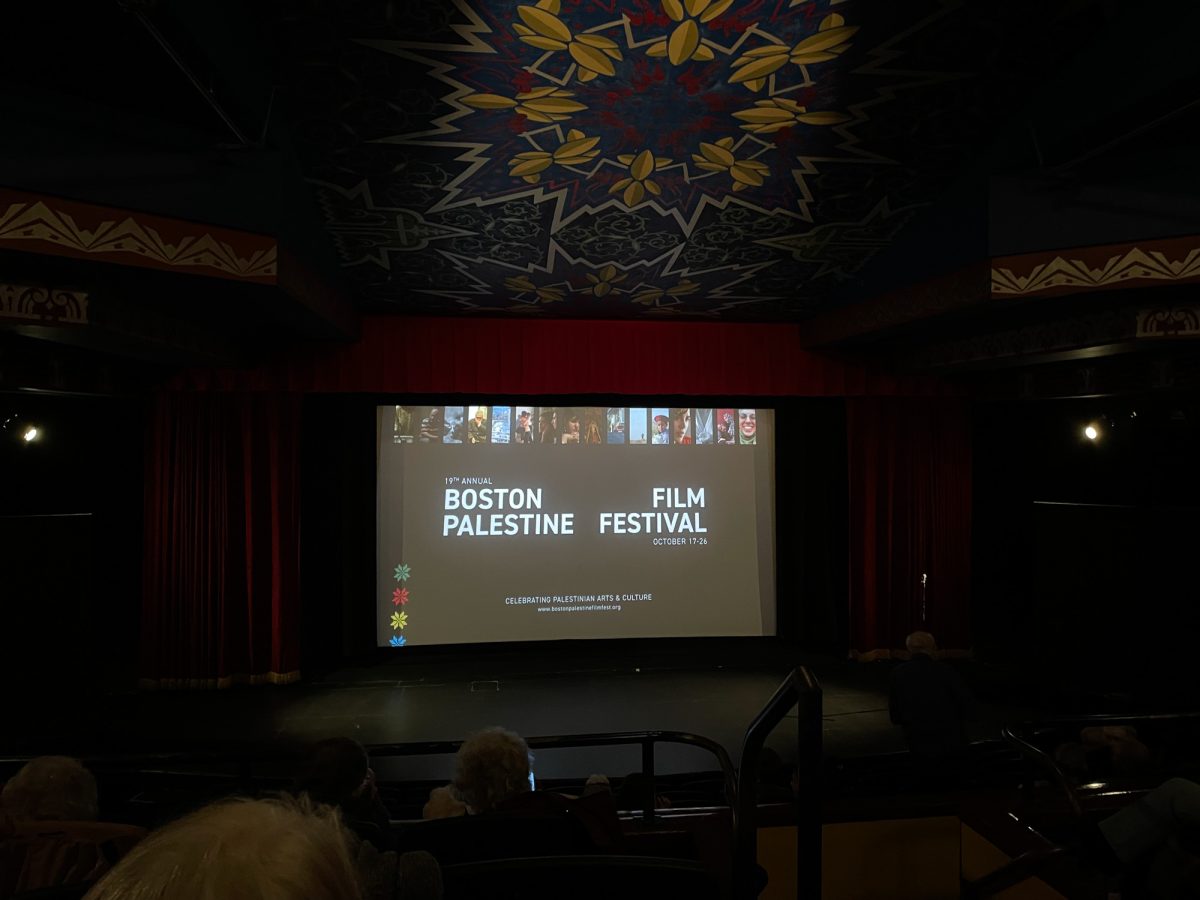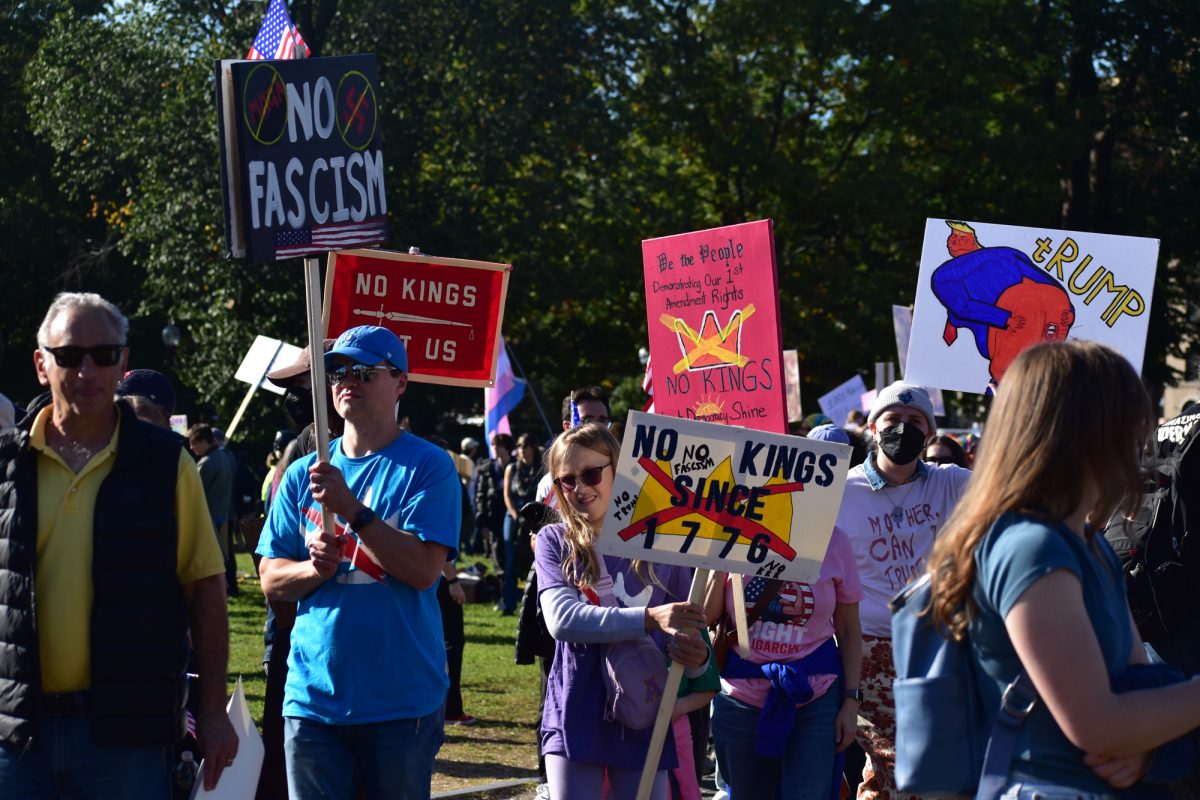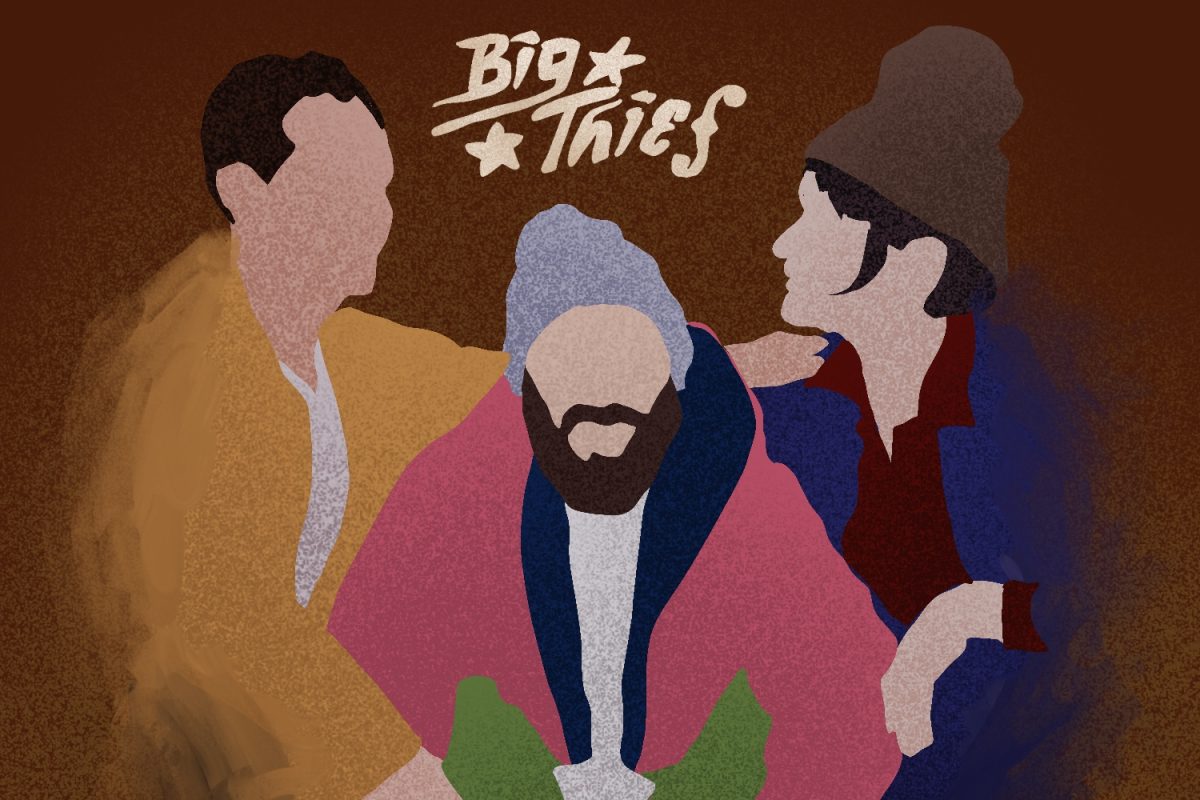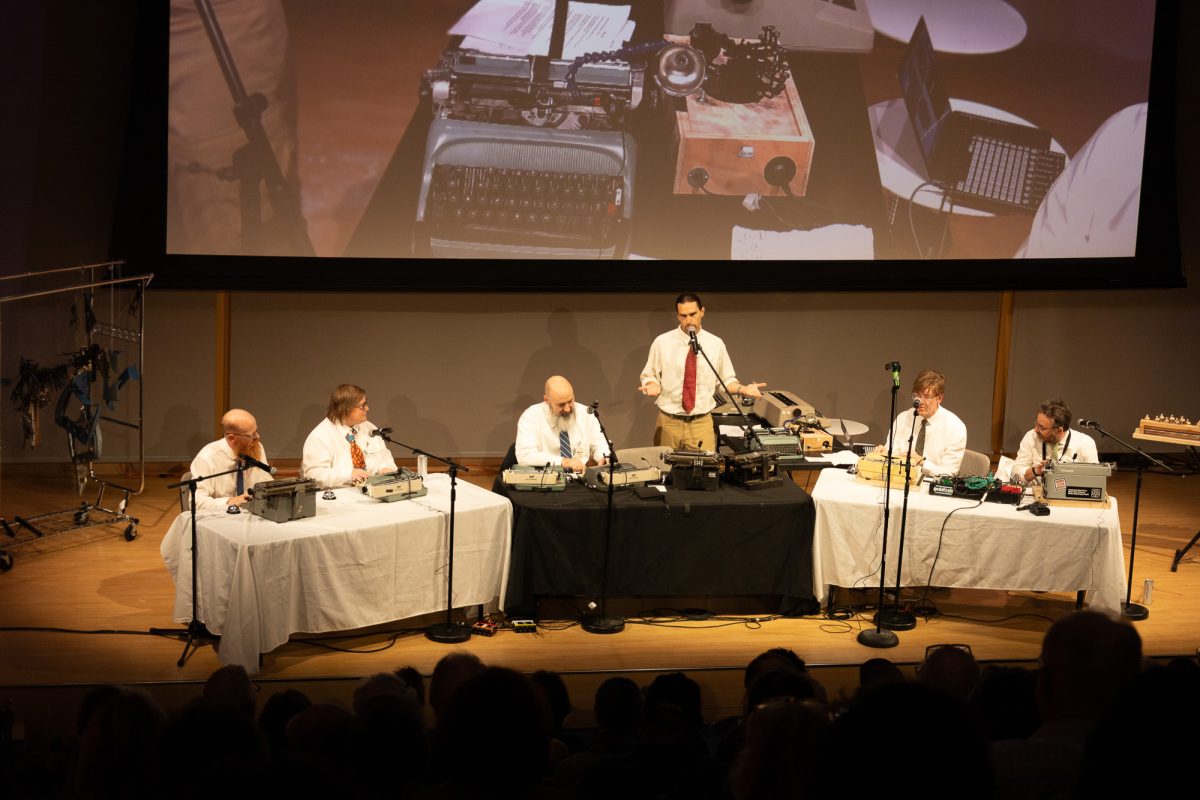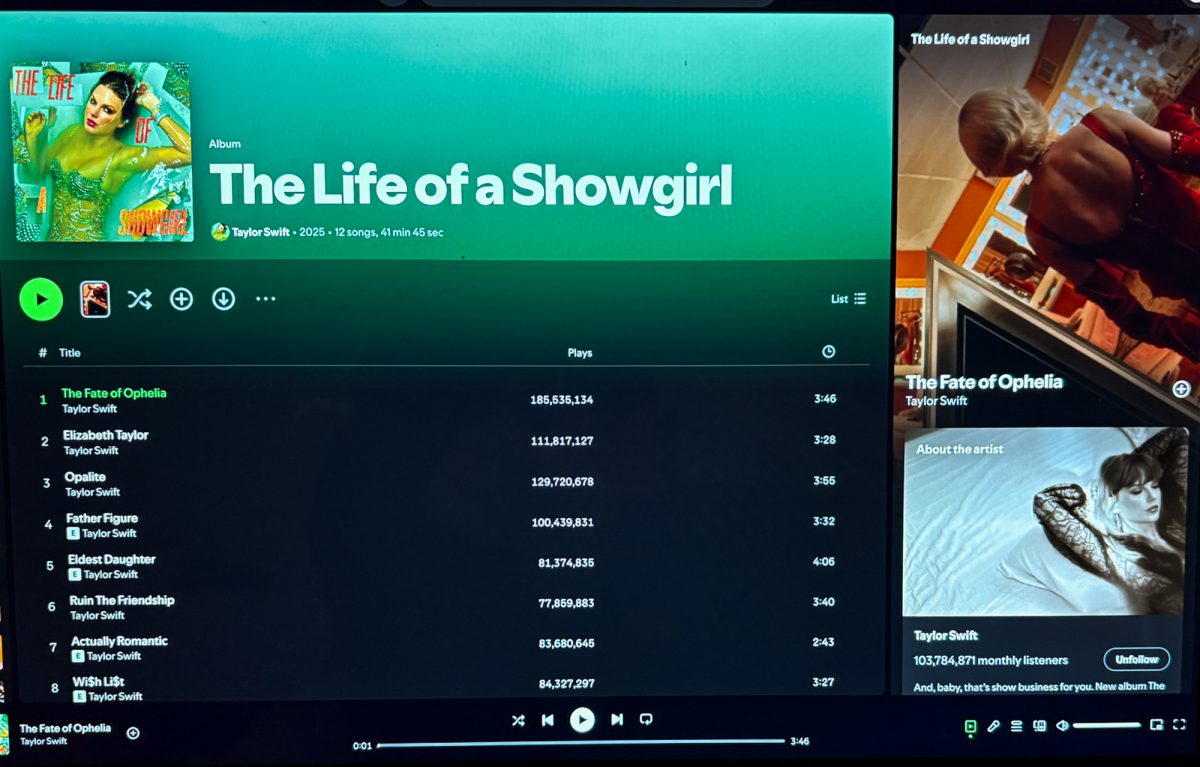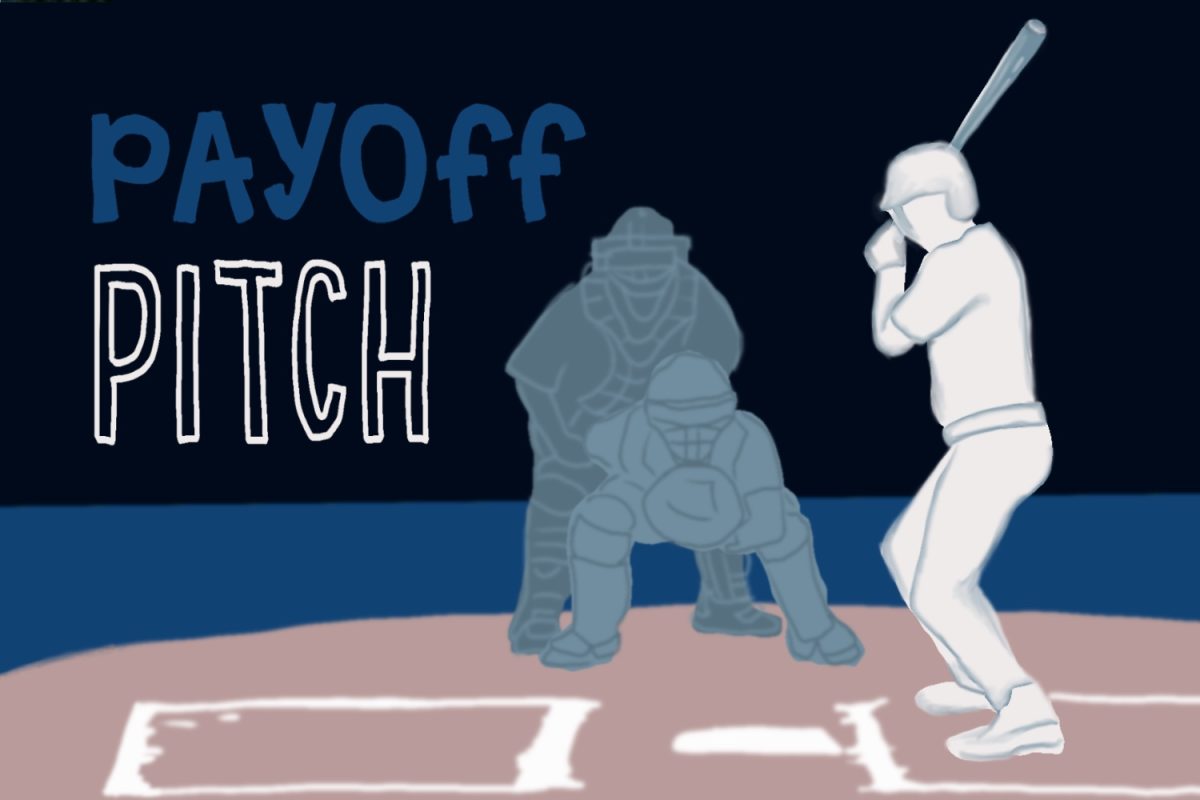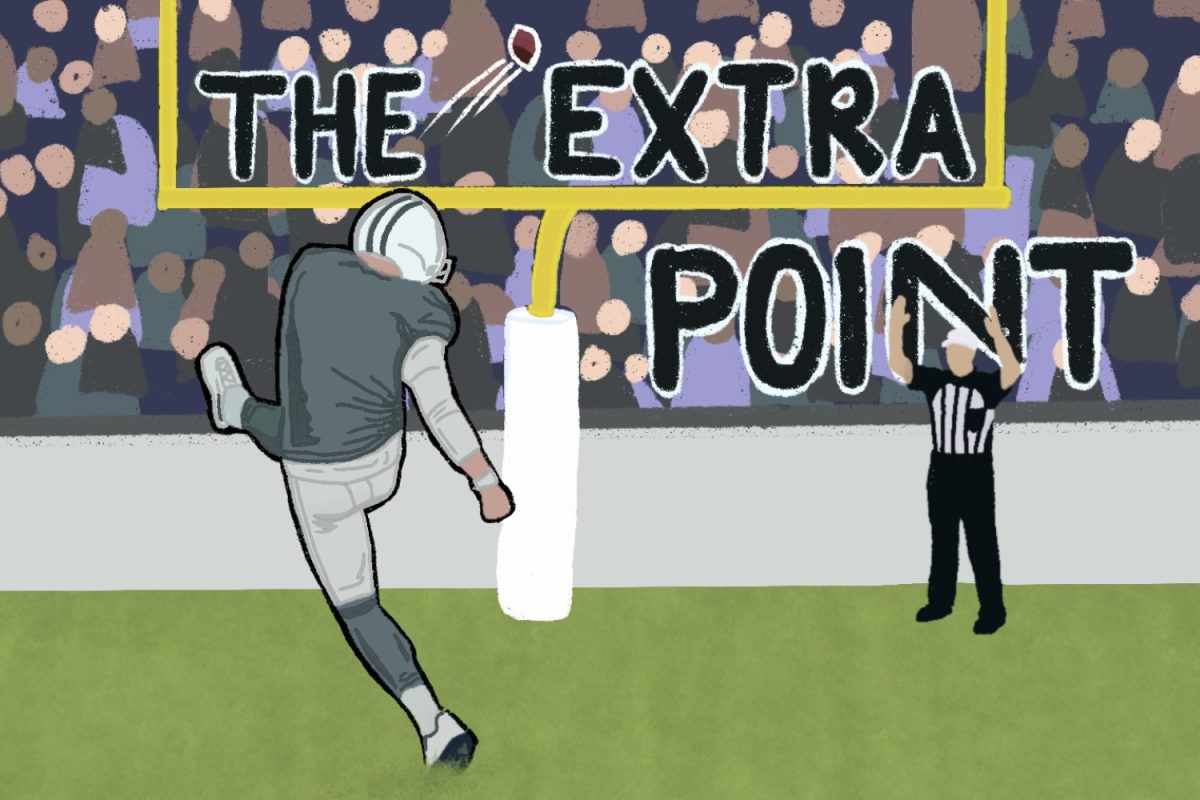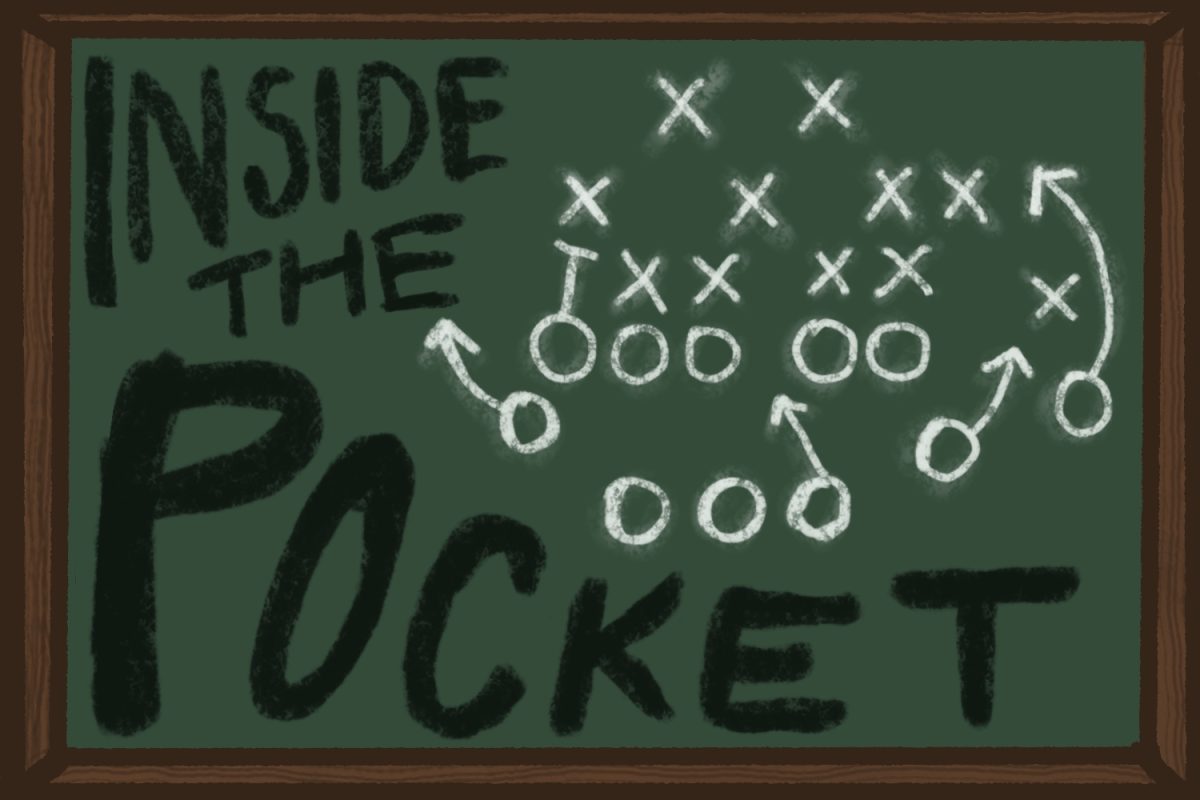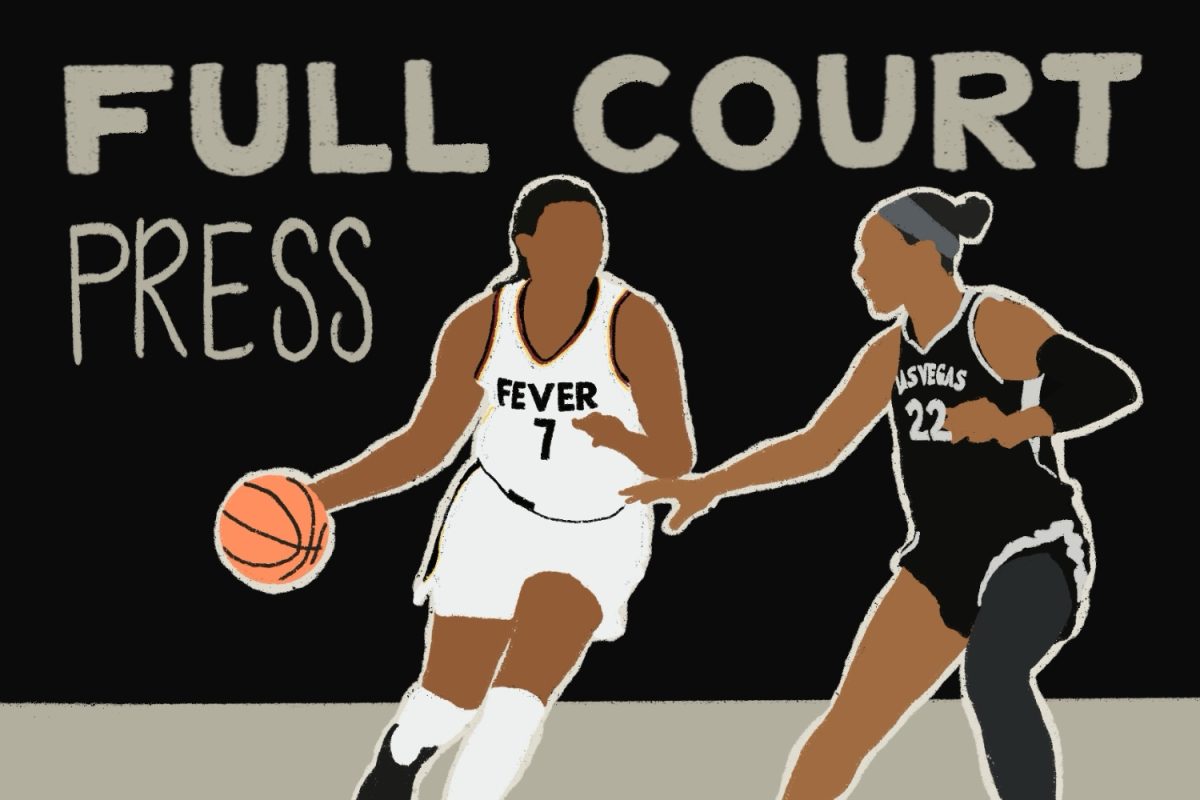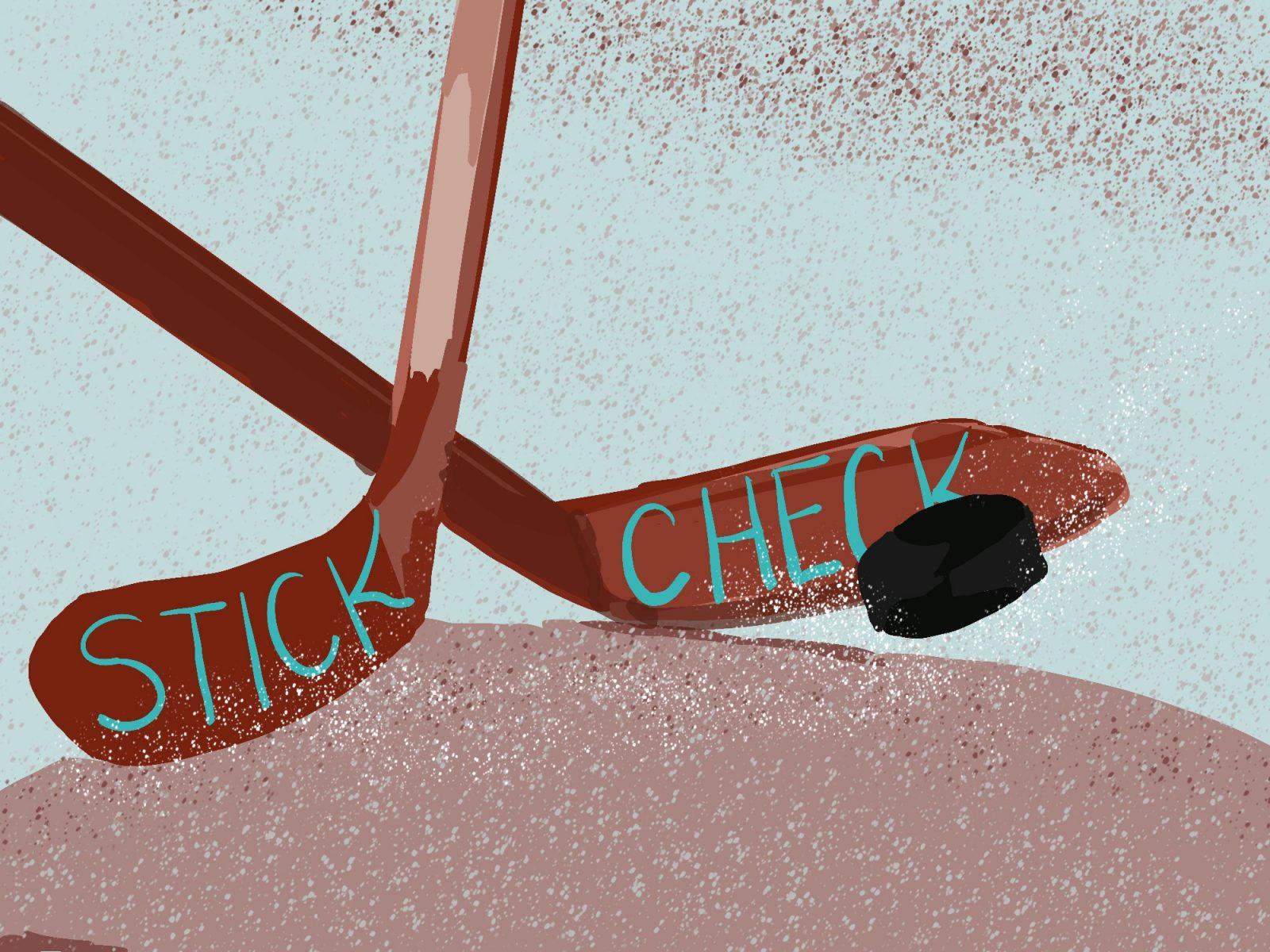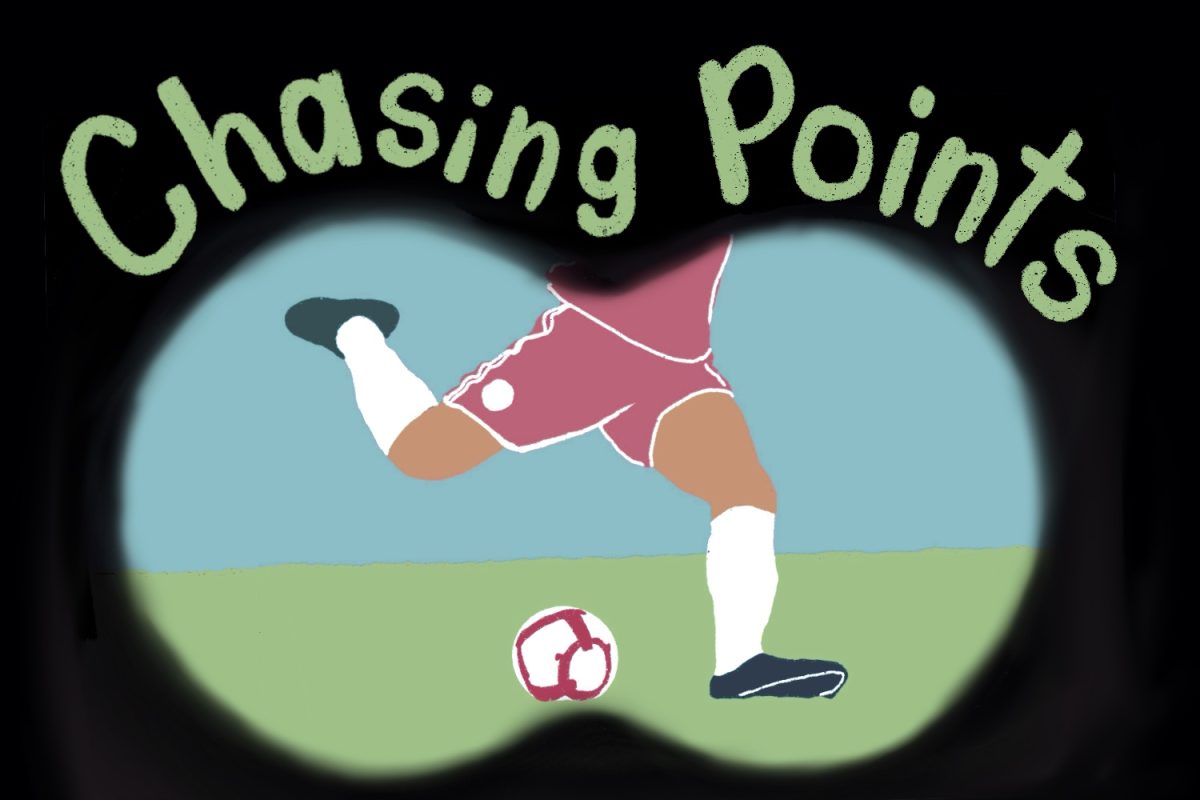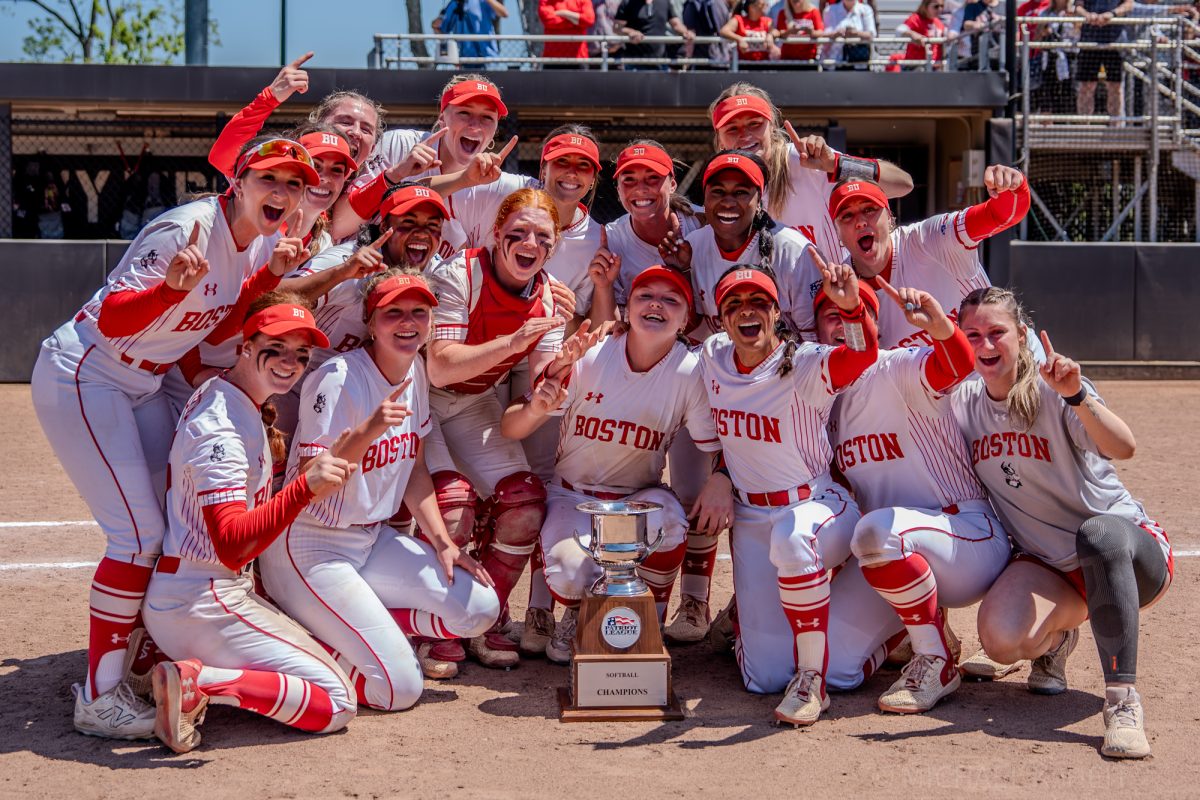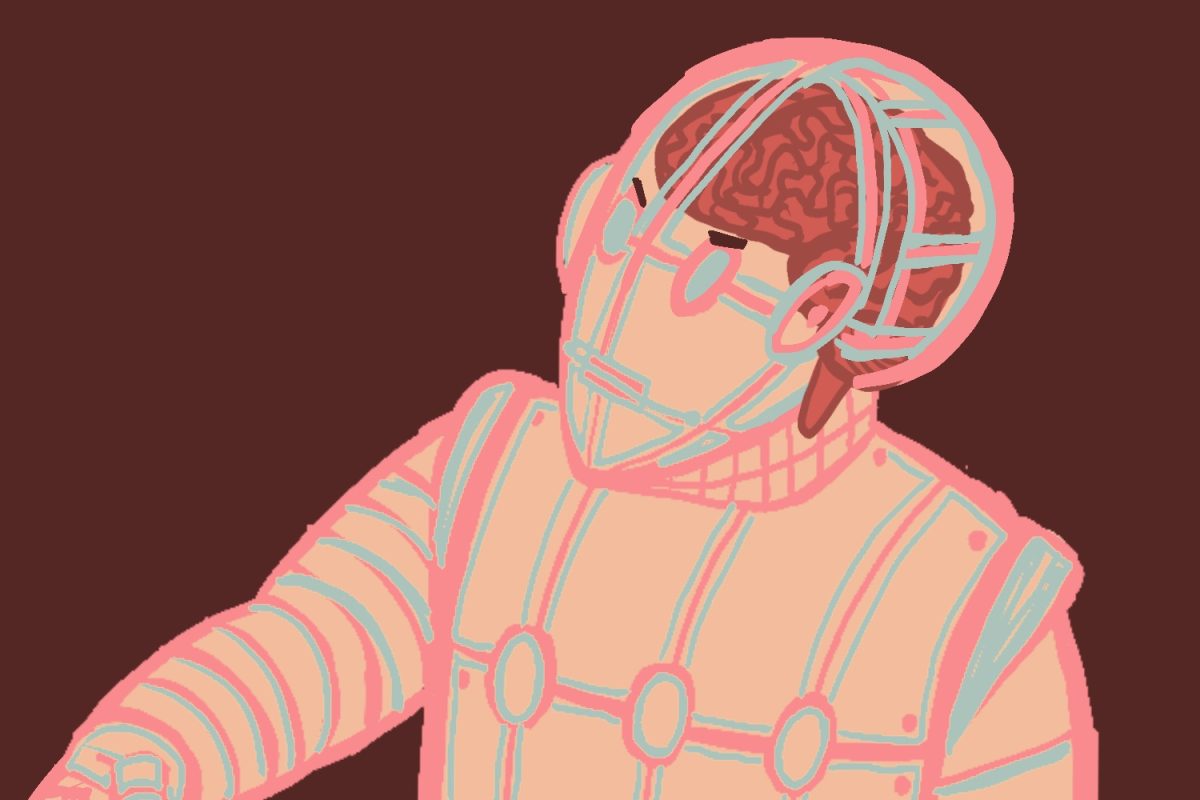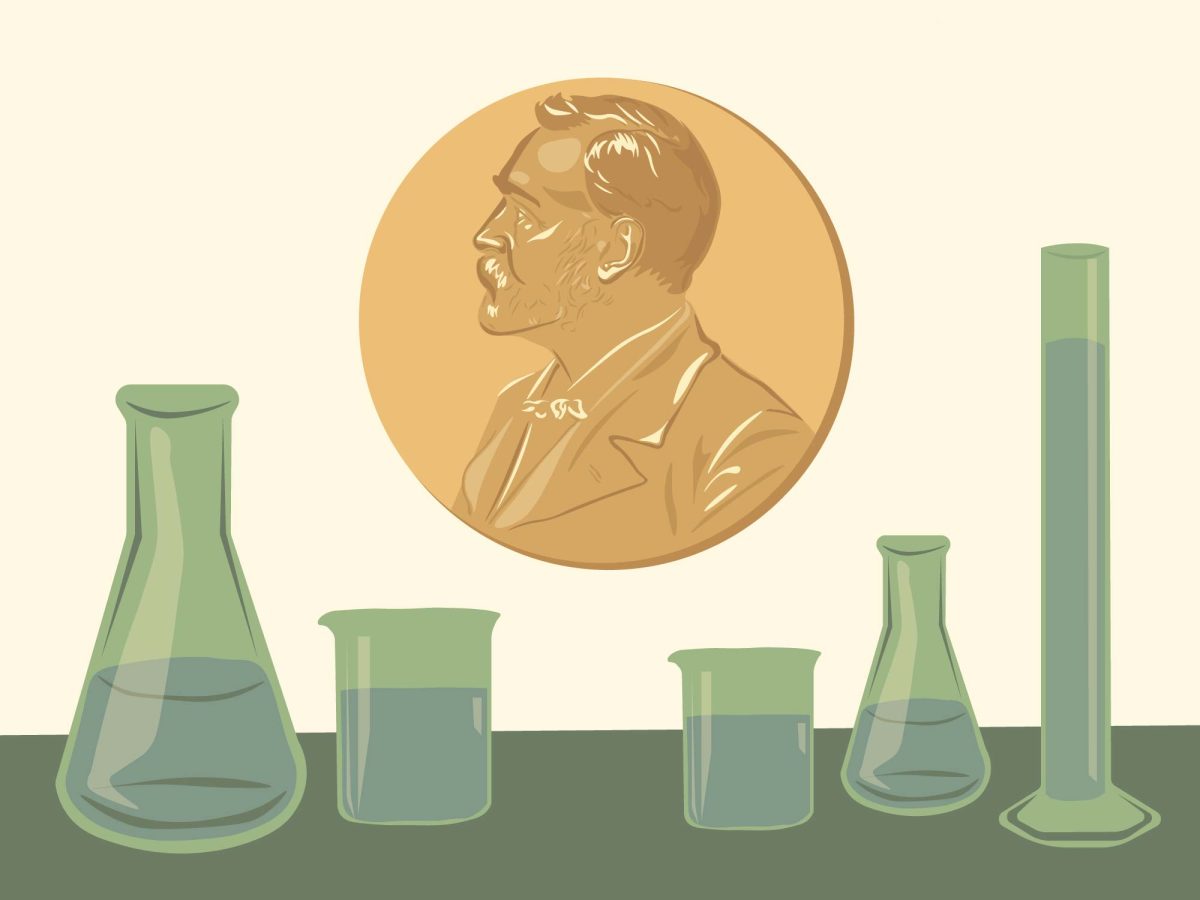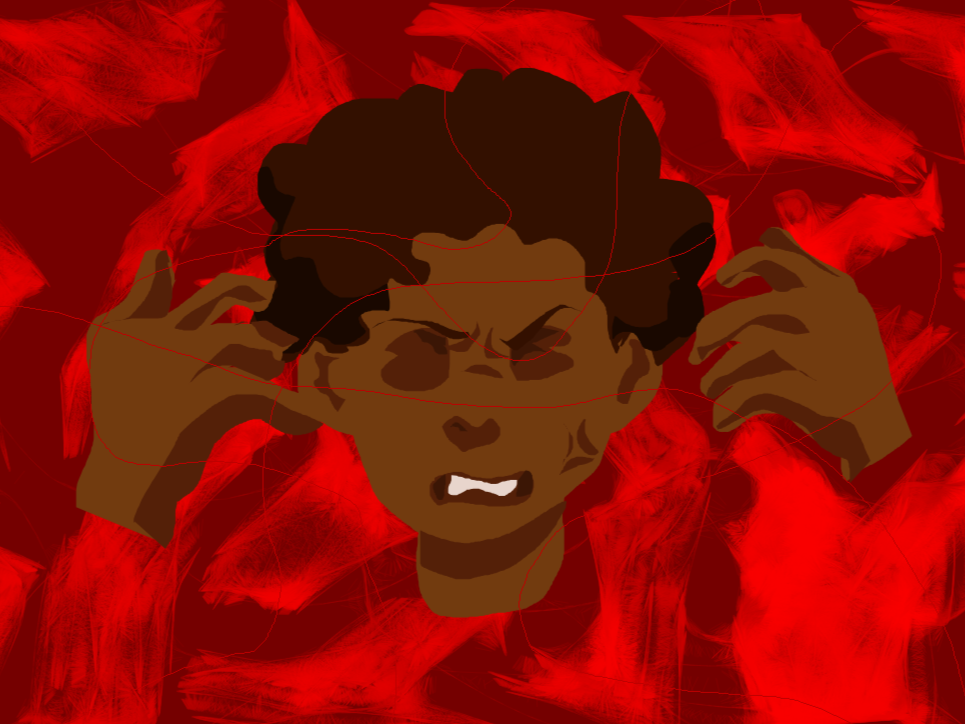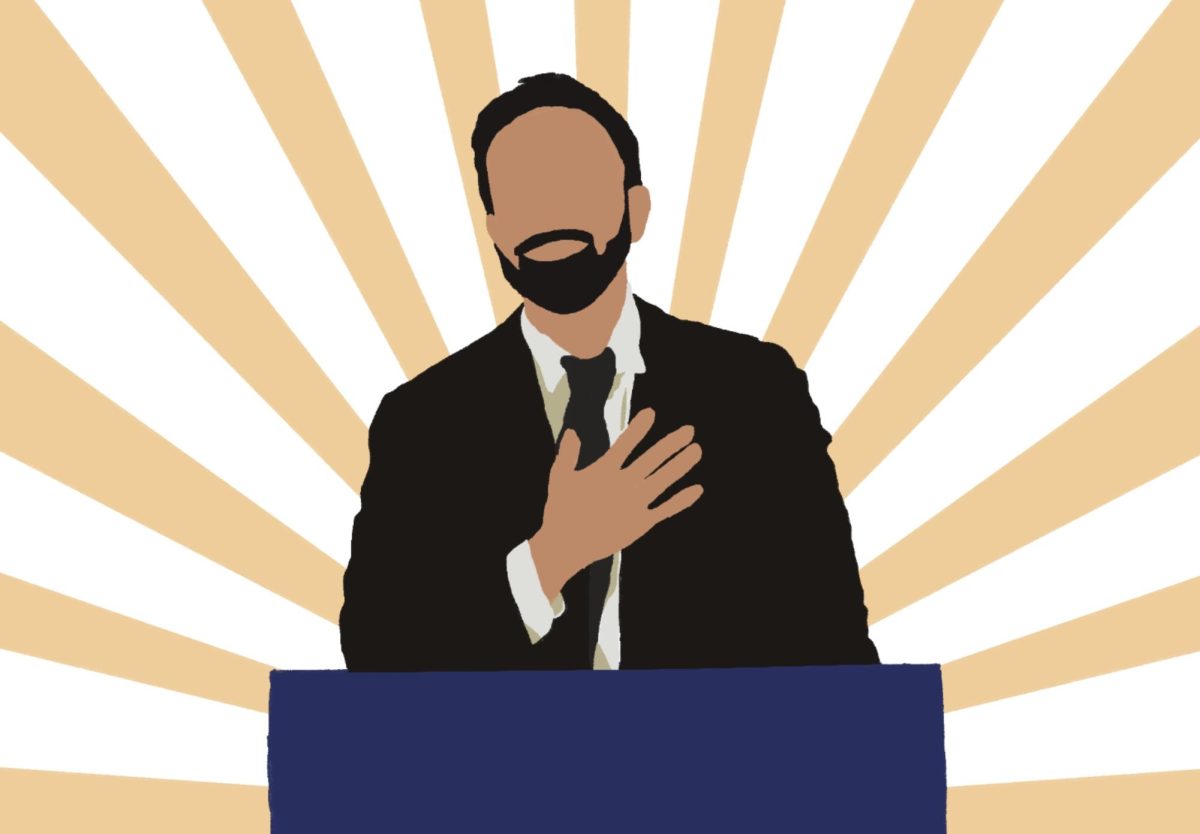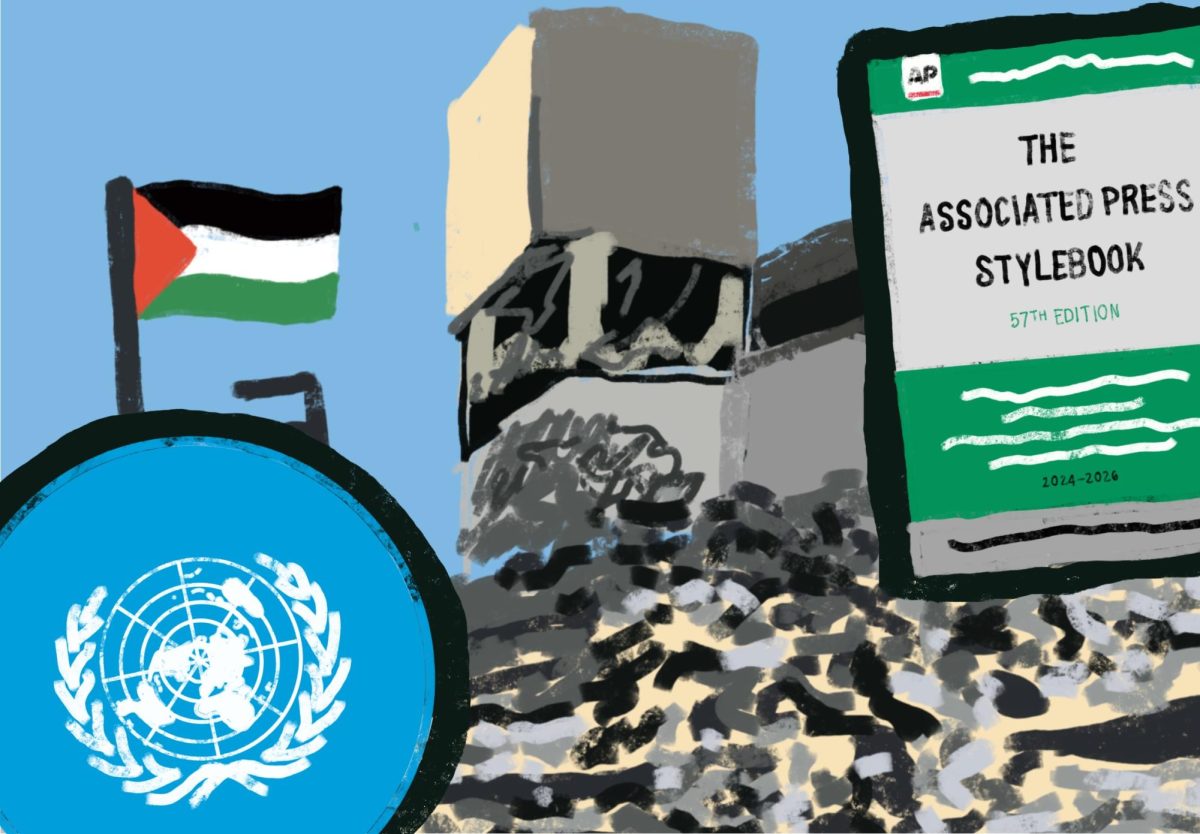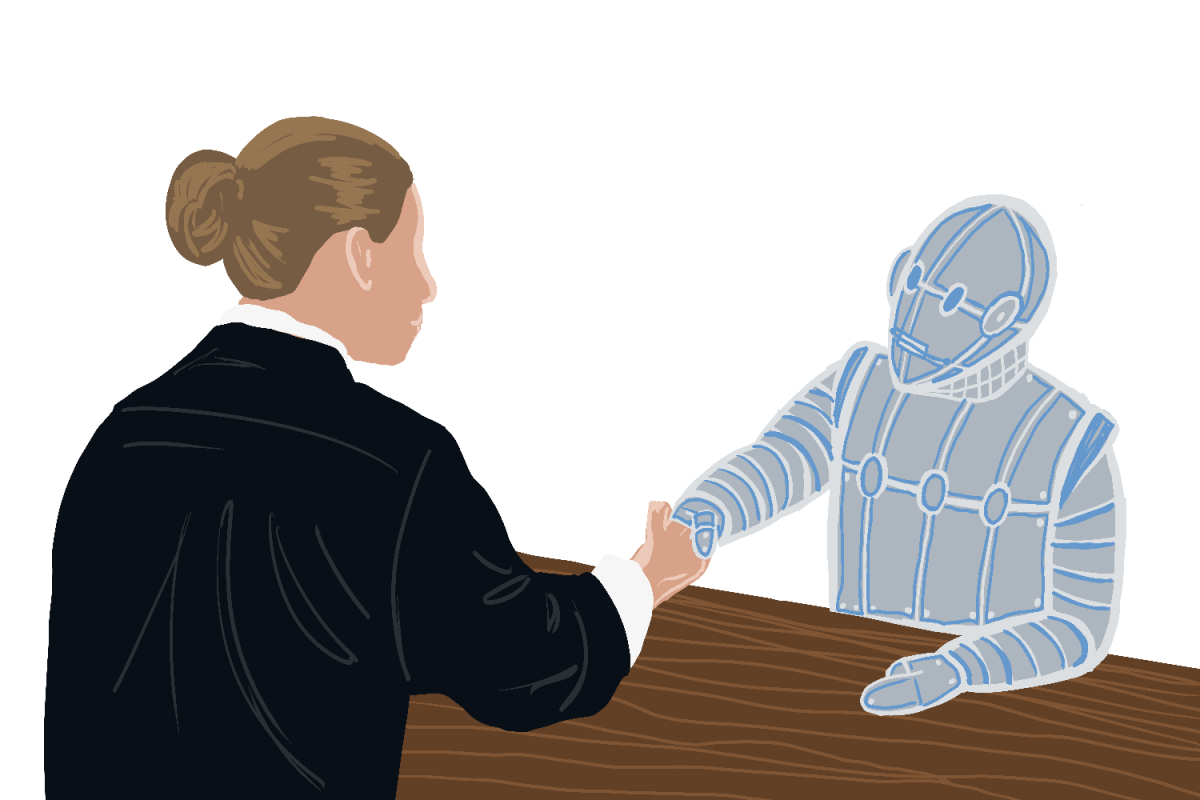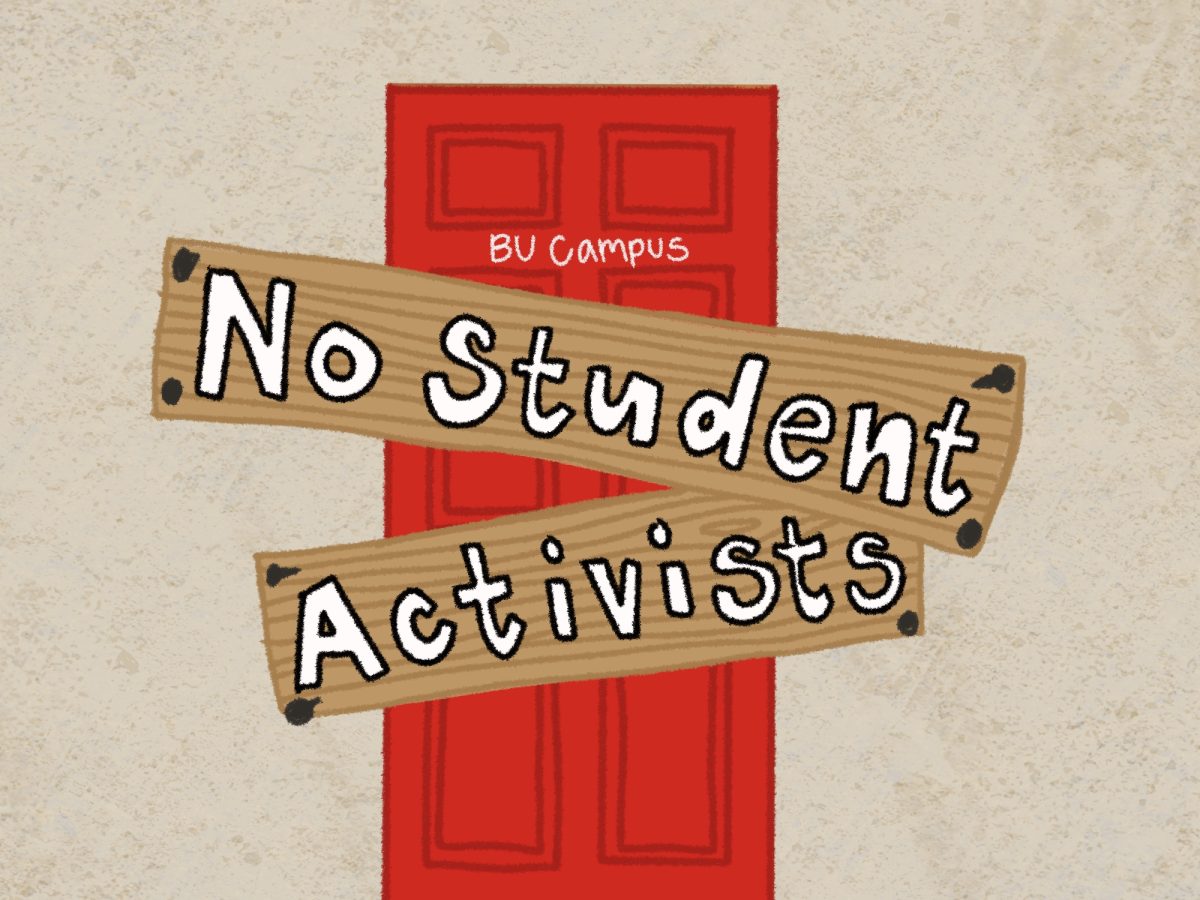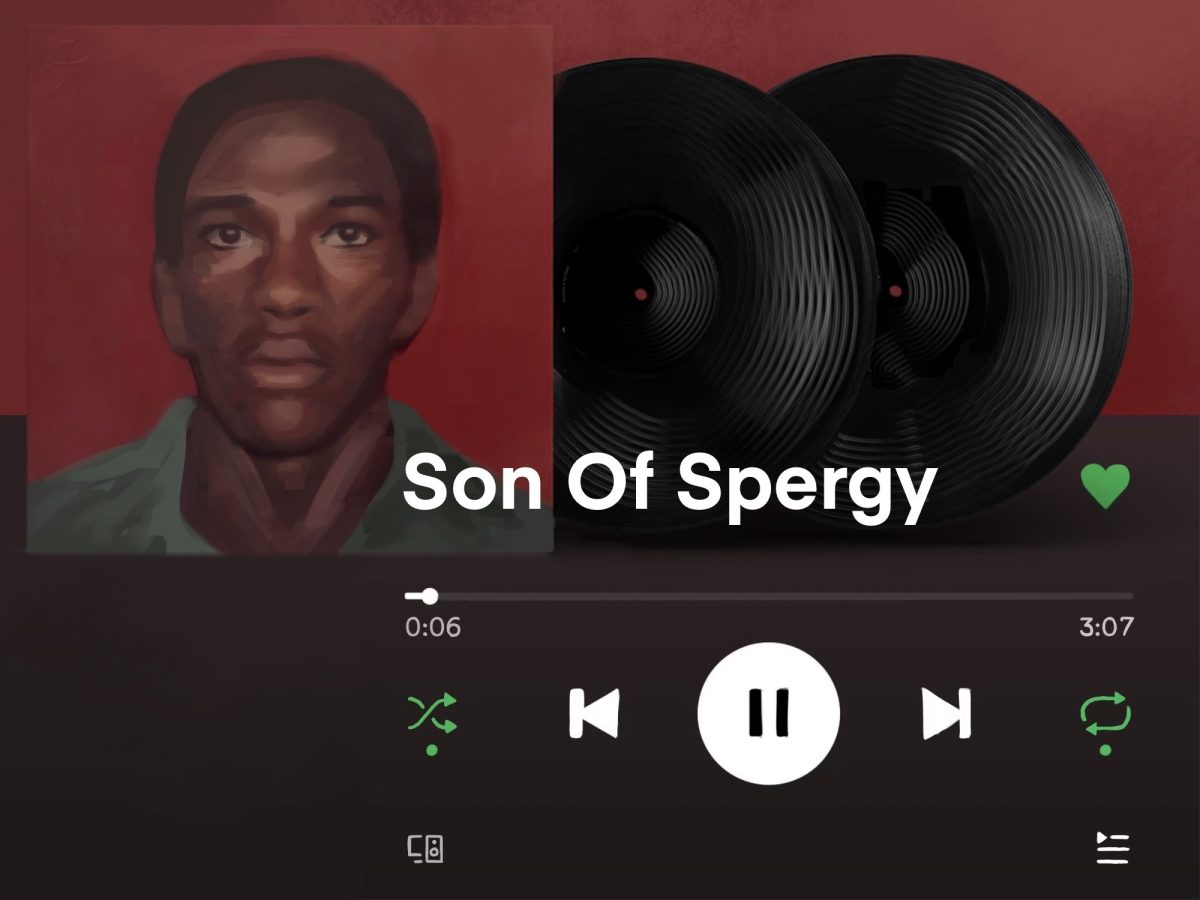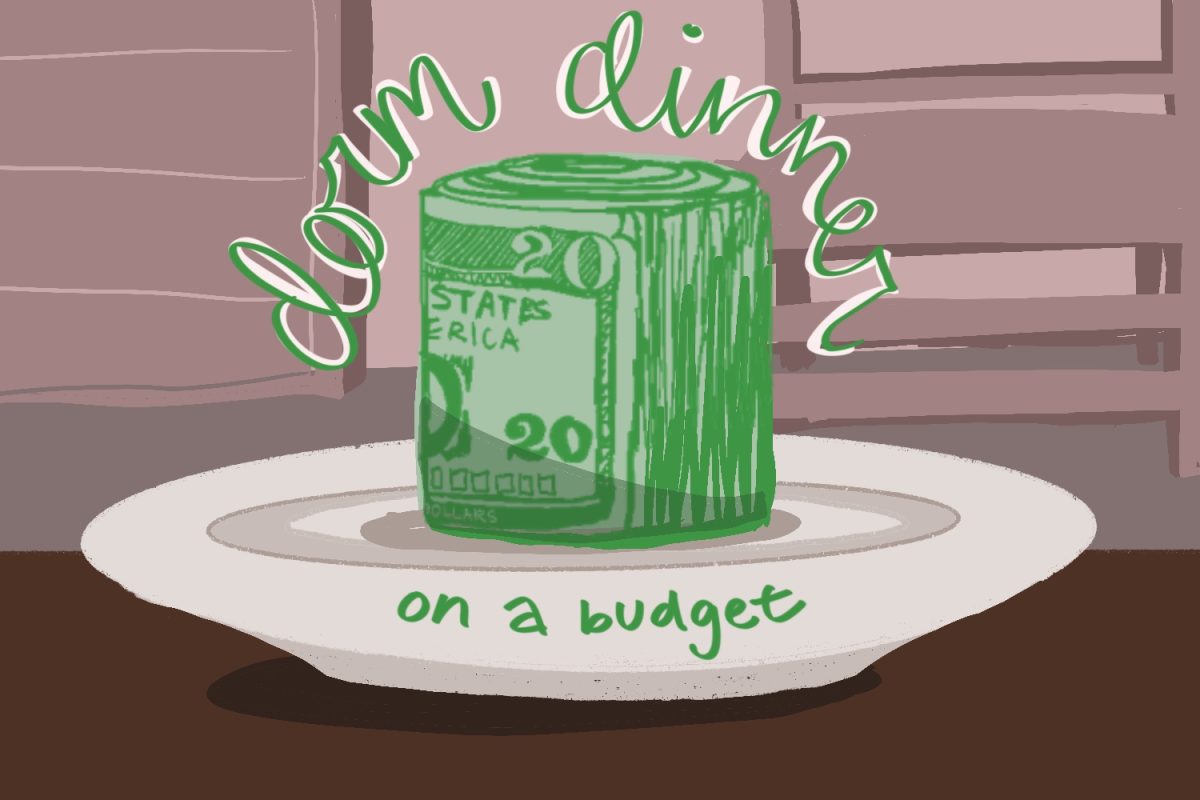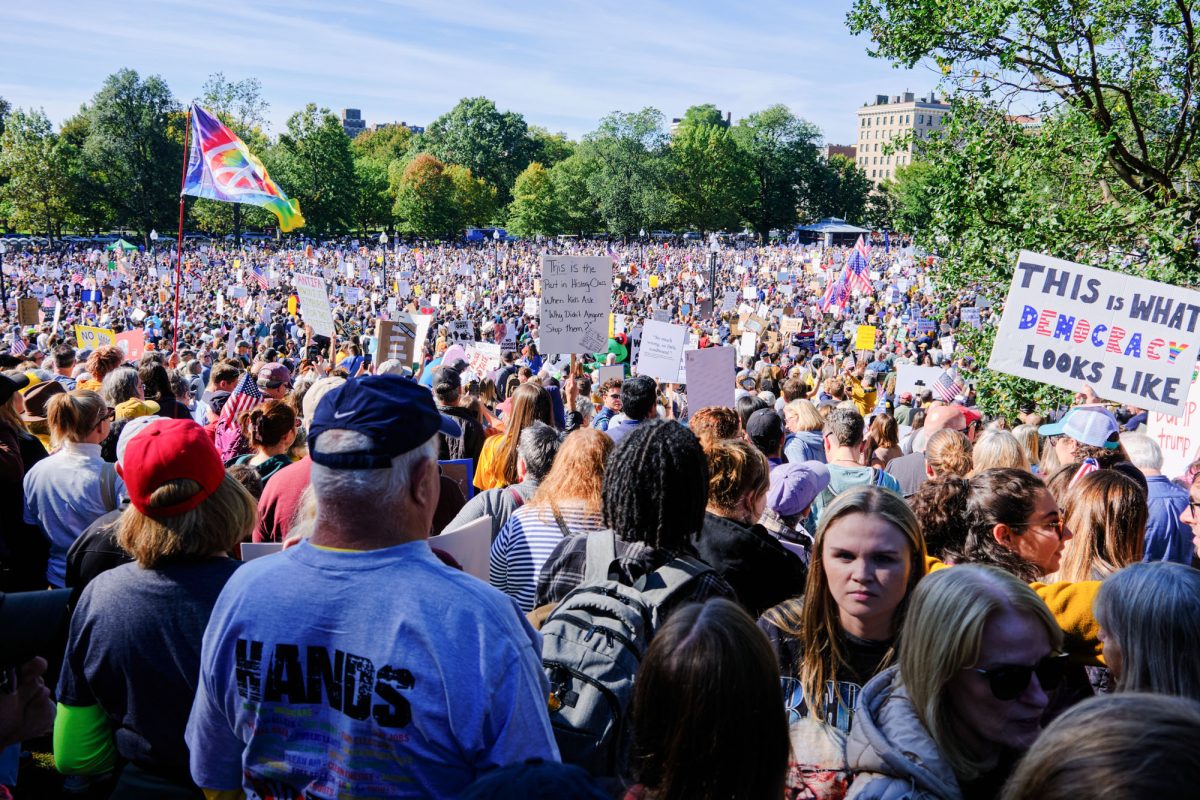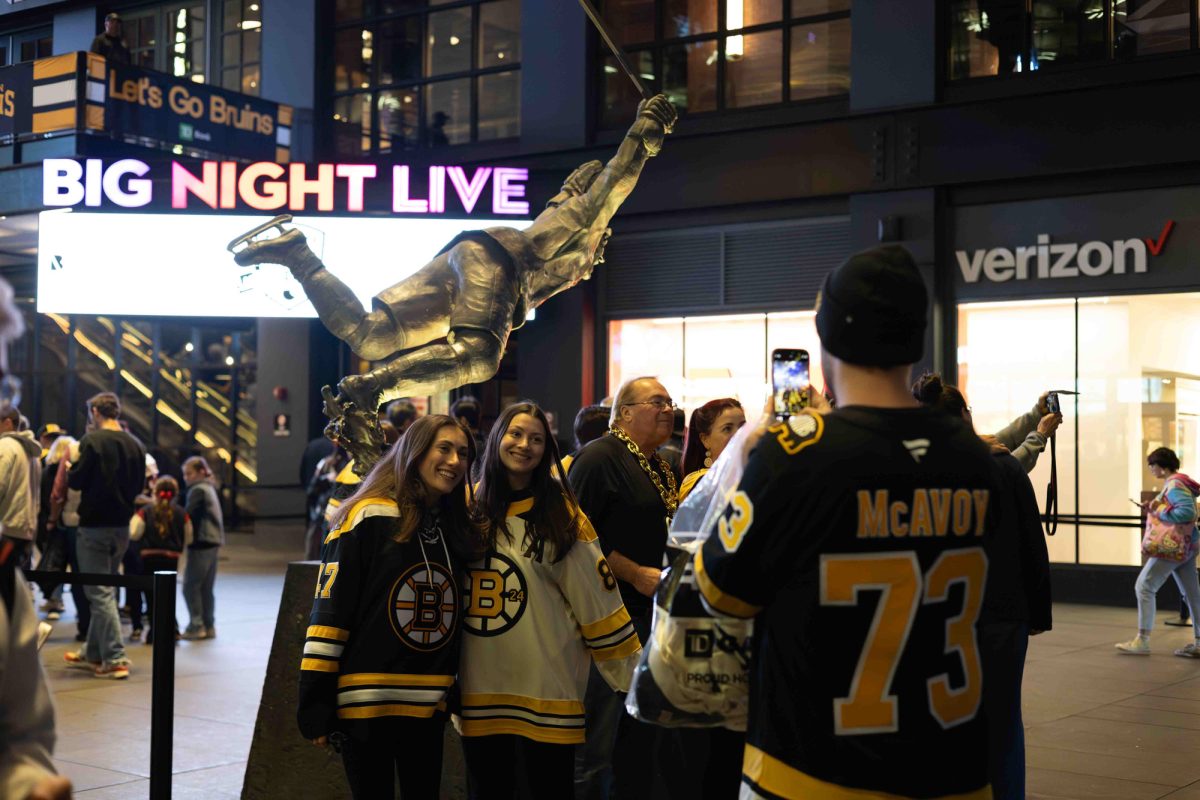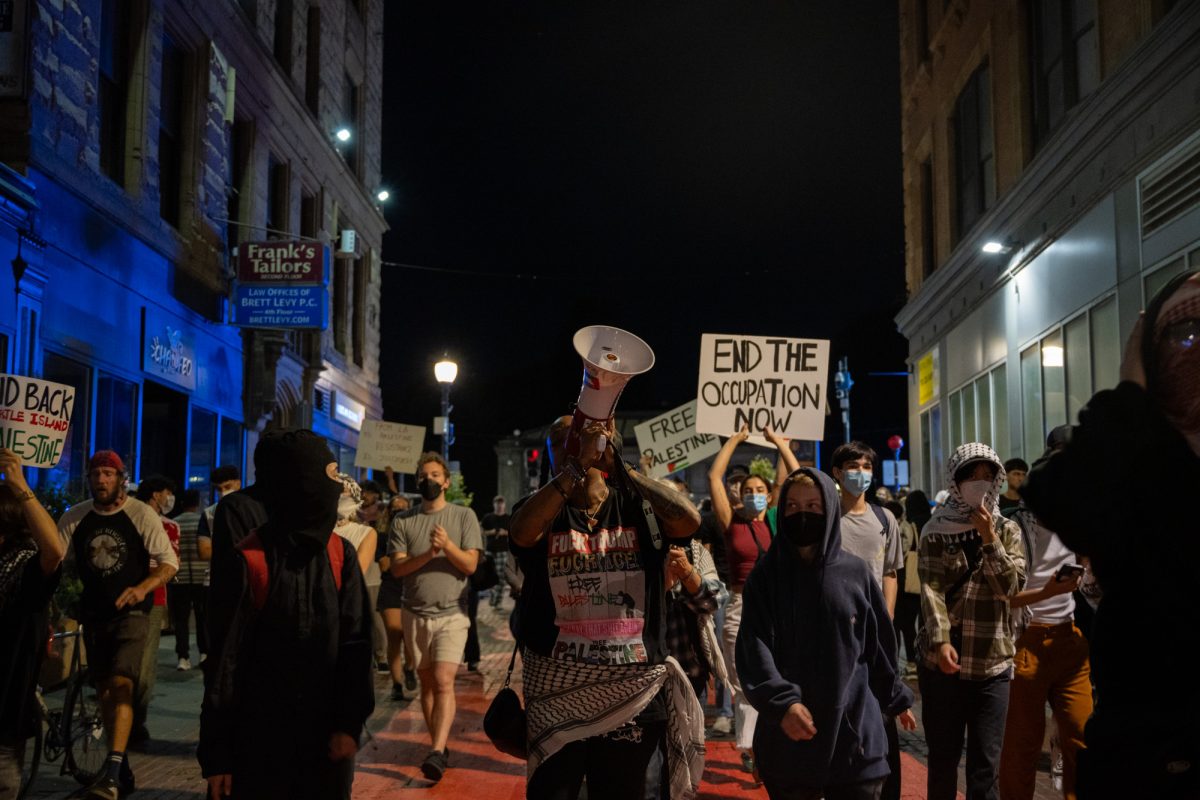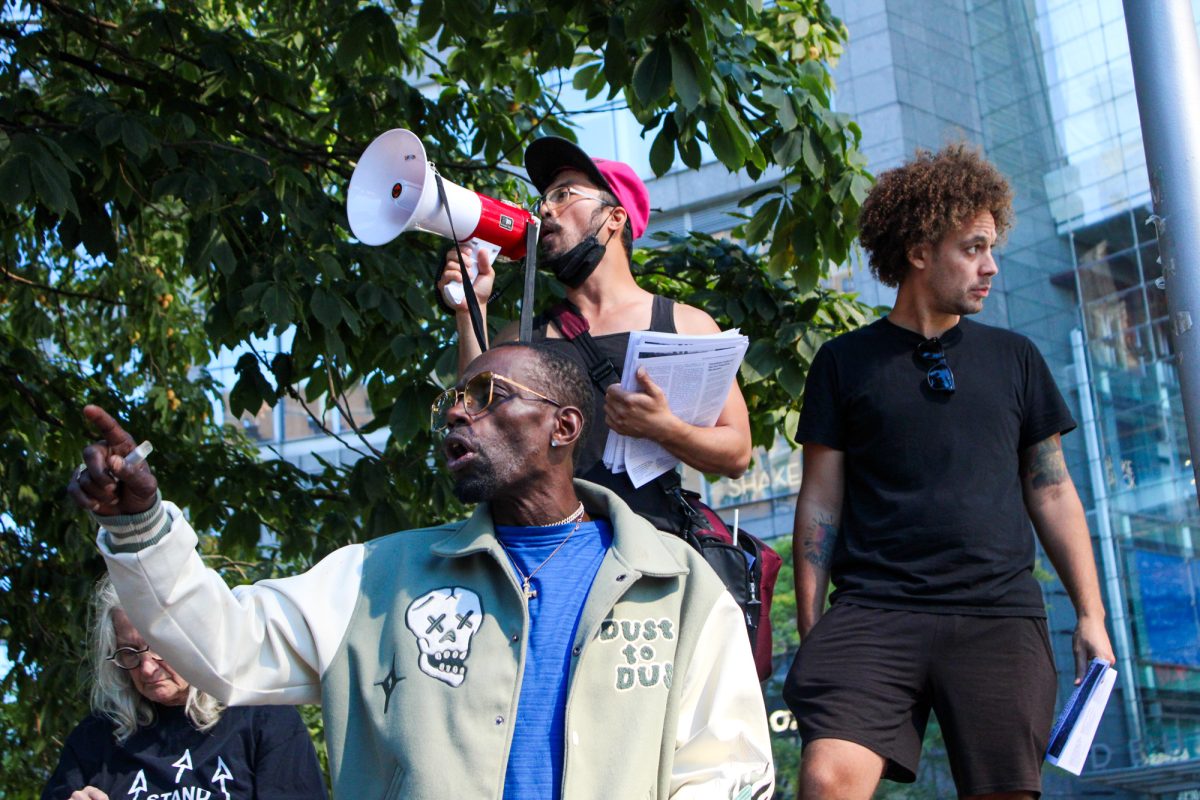After three decades, forty-something albums and one brain aneurysm, Neil Young is still actively writing and releasing music.
And although his voice is on the way out, as evidenced by the uncharacteristic sheen his music took on Prairie Wind, his heralded “back-to-Harvest” 2005 release, Young’s well of furiously gargantuan riffs has not run dry.
Young is promoting his last album, the appropriately titled Living with War, and his upcoming release, Chrome Dreams II with a nationwide “protest” tour against President Bush beginning Oct. 18 in Boise, ID. Like most of Young’s albums, War is dramatically different from his past few releases.
War exemplifies Young’s complete unpredictability and his readiness to drop everything he’s doing and completely indulge his talents in a new project on a moment’s whim. He wrote and recorded the nine songs on Living with War in only six days, writing four of the songs on the day he cut them.
Young’s ability to quickly transform inspiration into a cohesive work has always been a defining characteristic of his music. The majority of his early albums, from Everybody Knows This is Nowhere to Tonight’s the Night, were written by a drunk Young and taught to an even drunker rhythm section minutes before recording. Young’s tequila-induced frenzies lead to the entropic rhythms and huge, three-note guitar solos that formed the backbone of his pure rock ‘n’ roll songs.
While Young may not be able to re-create his old environment, he can, and has, definitely recaptured the pure rock so present in his earlier music.
Young’s new songs themselves are not terribly impressive, but the audacity of the project and the bluntness of his message more than make up for lack of hooks or investing riffs typical of Young’s work. In an age where rock ‘n’ roll is popularly defined by weak, uninspired arena rock bands like Fallout Boy and My Chemical Romance, Young has used his pull as an influential rock artist to release a content-based album. And it’s certainly well-timed at a point of relative political-apathy in mainstream music.
The message isn’t terribly cohesive or articulate, but Young has never been one for specifics. As in his guitar playing, the overall feel – the raw power of the song – is more important than getting individual notes right. Young’s newest work deals more with the general idea of protest rather than any specific message. And it’s effective. Whether it actually does anything is an entirely different matter.

